
Date: 1st - 3rd of the first lunar month (Tibetan Calendar)
Venue: Whole Tibet
Activites: Ghost Exorcising Festival, Tibetan Opera Performance
Duration: about two weeks
Tibetan New Year Festival is the most significant festival in Tibet.Tibetan people begin to celebrate on 29th December and the festival lasts for about 2 weeks, with the main celebrations on the first 3 days. The Tibetan people will wear their new clothes, and hold several activities to farewell to the past year and welcome the coming new year.
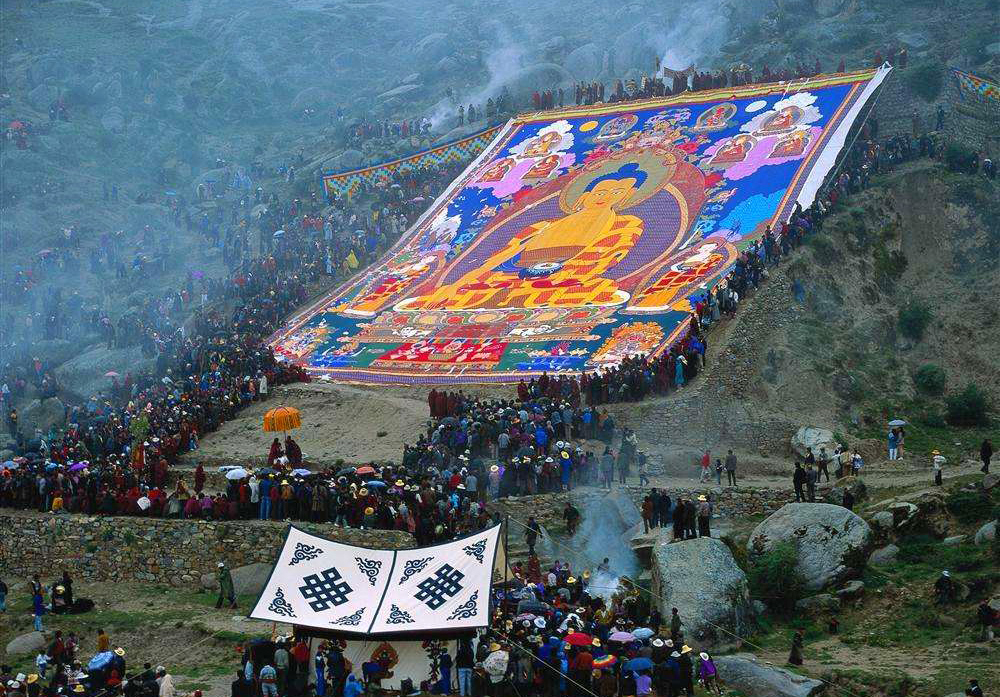
Date: 30th June (Tibetan Calendar)
Venue: Lhasa and some other areas
Activites: Huge Thangka of Buddha Exhibitation, Tibetan Opera Performance, Yogurt Banquet
Duration: about days
Shoton Festival is one of the most tradtional festivals in Tibet. In old times, monks are required to remain sequestered in their monasteries for the ascetic practice of Bbuddhism, and the local people rushed there to give them sour milk and preform dancing for them. In this way, the Shoton Festival was formed.
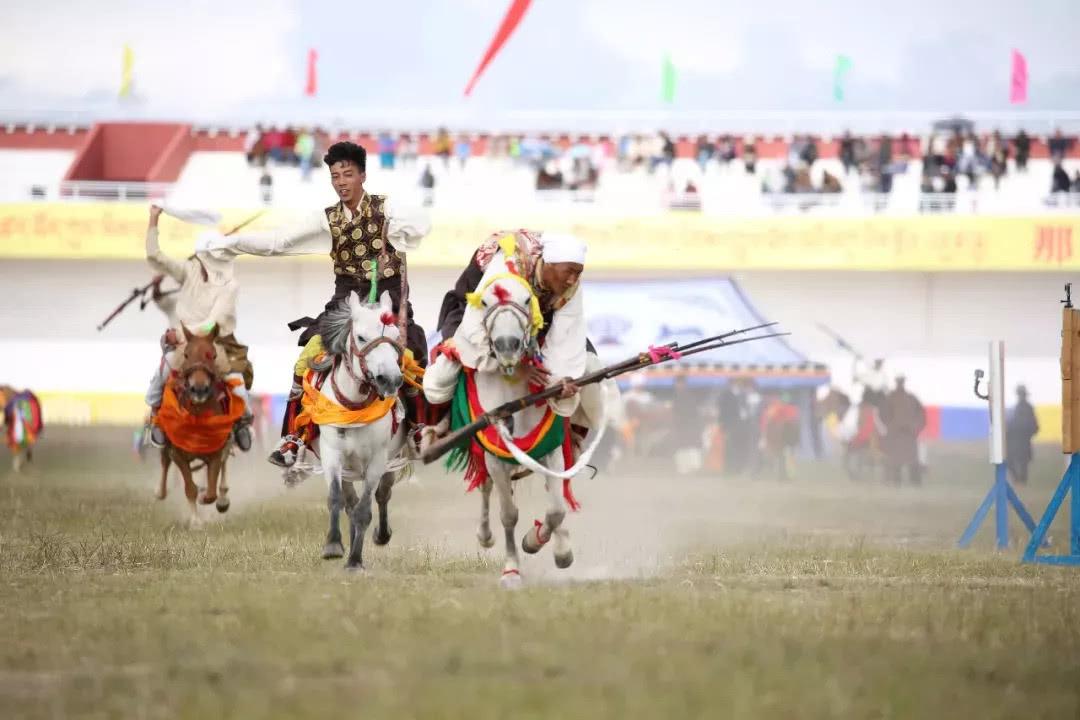
Date: between June and July (Tibetan Calendar)
Venue: Nagqu
Activites: Horse Racing, Horsemanship, Trade Fair
Duration: over 10 days
Tibetan Horse Racing Festival takes place when when the pasture is lush and horses and cows are stout and strong. Dressing themselves and their finest horses, hundreds of herdsmen take part in thrilling horse racing, archery and horsemanship contests. Nowadays, the scale becomes larger and the forms diversified and contents more colorful. It has become a grand ceremony to boost economy.
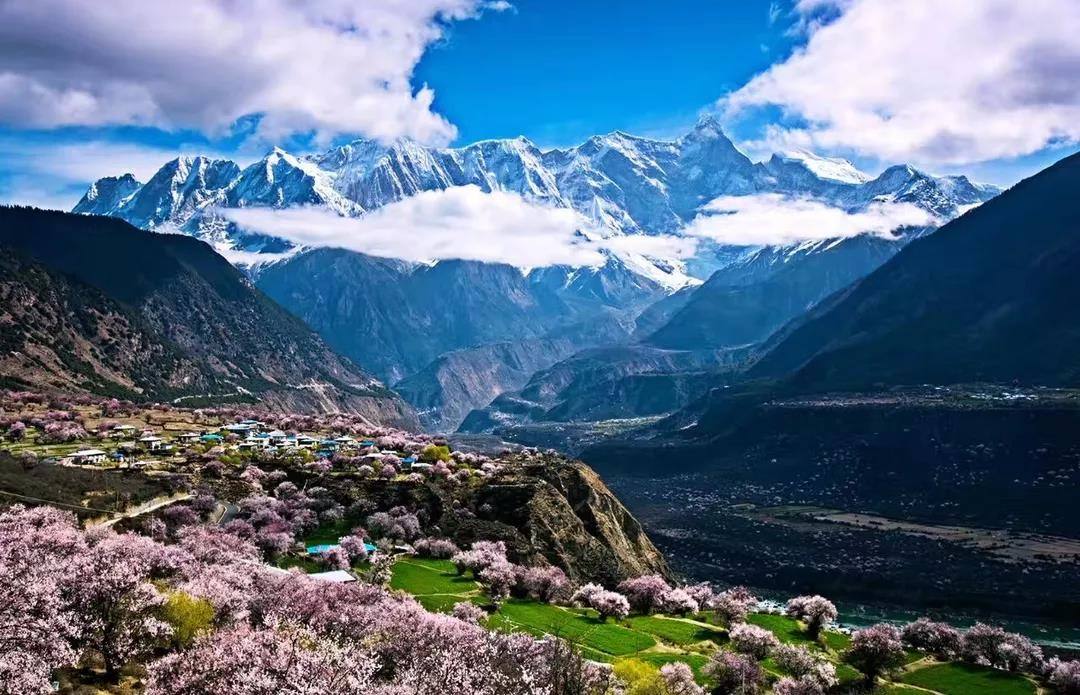
Date: late March
Venue: Nyingchi
Activites: Watching Peach Flowers
Duration: more than one month
Nyingchi is full of different kinds of plants – wild forests, different kinds of flowers, etc. When the Spring comes, Nyingchi becomes a sea of peach flowers. It must be a breathtaking beaty that the pink flowers are in full blossm under the foot of snow-covered mountains. If you a are shutterbug or fan of Mother Nature, visit Nyingchi during the Peach Blossom Festival

Date: January 15 (Tibetan Calendar)
Venue: Lhasa and other Tibetan Areas
Duration: 1 day
Butter Lamp takes place on 15th January according to Tibetan Calendar. On this day, people go to temples to burn incense to worship Buddhas. As darkness falls, they will put up many stands to display the butter lamps they made themselves. The lamps are in forms of gods, figures, flowers and trees, birds and beasts, and can be burnt
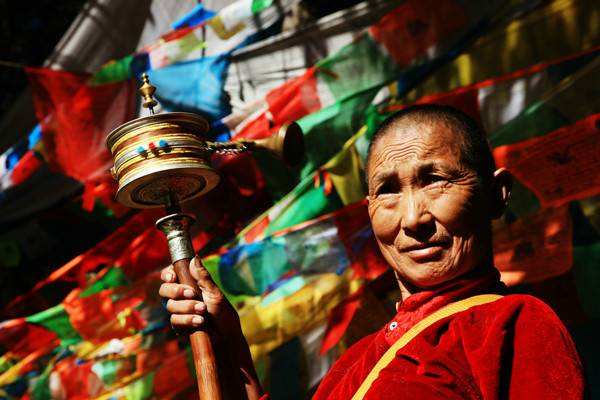
Date: 15th April (Tibetan Calendar)
Venue: Lhasa and surrounding
Activites: Worshipping
Duration: about 1 month
April 15 on Tibetan Calendar is believed to be the time when Sakyamuni was born, stepped into Buddhahood, and attained nirvana.The biggest ritual is to worship Buddha and circumambulate in the inner, middle and outer parts of Lhasa.Sutra chanting, prayer turning, Cham dancing and other religious activities dominate the festival
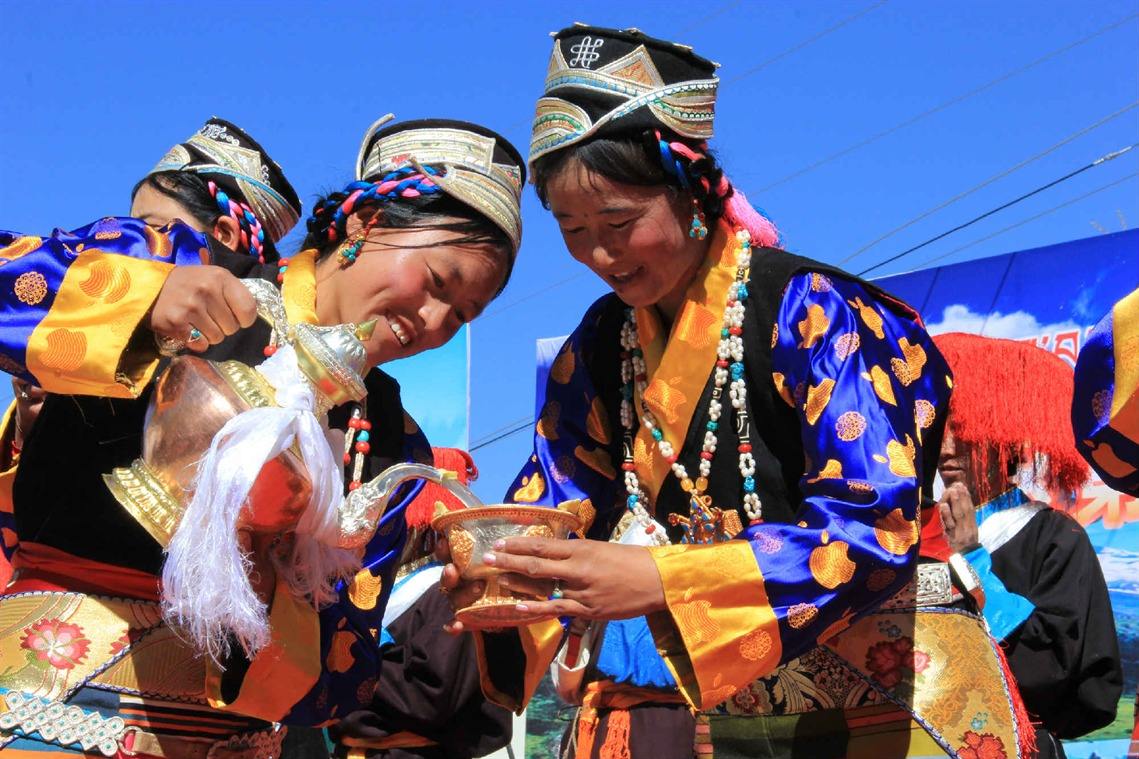
Date: around August (Tibetan Calendar)
Venue: Tibet Farms
Activites: Horse Racing, Shooting, Singing and Dancing
Duration: 1 day
"Ongkor" in Tibetan means "surrounding the farmland". Major activities include horse racing, shooting, singing and dancing, Tibetan Opera, stone holding and wrestling. The "Ongkor" not only shows people's wish for a good harvest, but also a good time for them to rest. Since crops ripen in different times, the festival is held accordingly.

Date: 16th July (Tibetan Calendar)
Venue: Whole Tibet
Activites: Bathing in hot spring
Duration: 1 week
Bathing Festival usually falls in July according to Tibetan calendar. Lasting a week, it is also known as the Bathing Week. In Tibetan it is called "Gamariji," meaning Venus. As the star rises to the sky, the mass bathing starts. As the star sets, the bathing ends. Legend goes that bathing at this period is beneficial to health